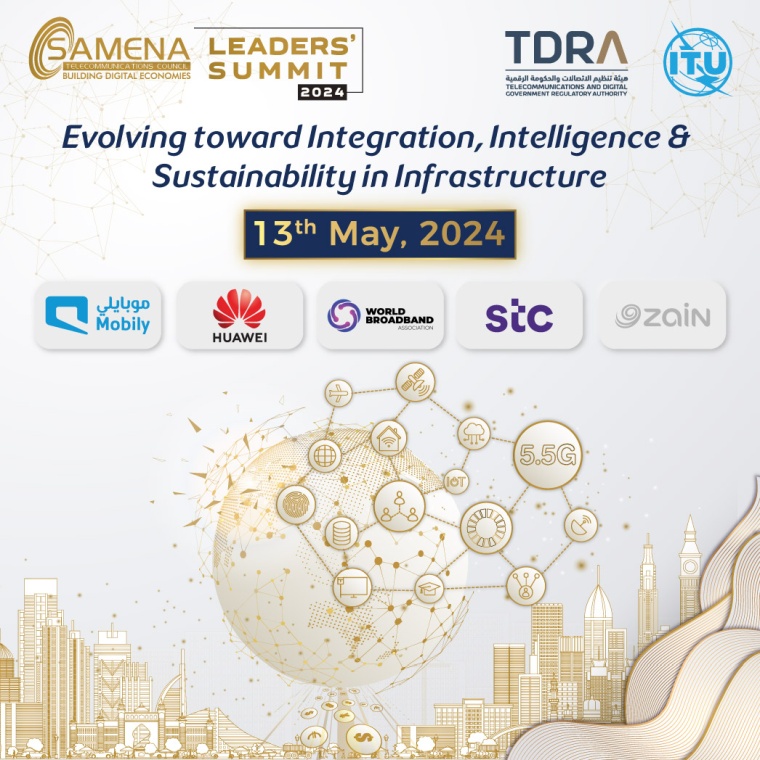With the spectrum auctions behind them, telcos are busy chasing customers for their third generation mobile services (3G), cashing in on the huge demand for data packages. They’re also readying to roll out fourth generation (4G) telecom services but much of the quality of those services will depend on how good the networks are. And that’s where tower companies like Indus Towers come in. As chief operating officer Bimal Dayal points out, the tower companies need to get their act together. “The growth of 3G and 4G would require us to spruce up our towers. The current network is not designed well enough to be able to support the huge growth in data services. So we will need to expand,” Dayal says. To upgrade its operations, Indus Towers, the country’s largest telecom tower company, will rely more on street level towers—those placed on street light poles—which are not only cost effective but also more environment friendly. The idea is to be able to manage the equipment effectively which is why they’re using street level infrastructure for locating towers rather than erecting them on top of buildings and huge structures.
“From large towers on buildings, the tower coverage would go to the streets. The type of towers we were making earlier and the kind we are making now are different and going ahead it would be mostly mass and street level poles which will be used for tower infrastructure,” Dayal observes. “We also plan to update from the use of diesel and bring down the carbon footprint,” he explains.
Indus Towers and its partner telecom operators plan to invest about R220 crore over the next three years to equip 3,000 streetlight poles in the entire New Delhi Municipal Corporation area with 2G, 3G and 4G technologies, with a target of 1,000 poles each year. It also plans to go to other geographies in the country. A three-way venture between Bharti Airtel, Vodafone India and Idea Cellular, Indus Towers currently has 1.16 lakh towers in its portfolio, and a tenancy ratio of 2.17. In comparison, Viom has a tenancy ratio of 2.25 across its 42,000 towers, while Bharti Infratel has 1.10 lakh towers with a tenancy ratio of 1.93. GTL Ltd has 32,500 towers in its portfolio with a tenancy ratio of 1.50. According to data from the Registrar of Companies, Indus Towers reported a 71% increase in its profits to R1,542 crore in FY14 on the back of a 7% increase in its revenues to R14,255 crore. The total expenses incurred by the company fell by 12% to R8,097 crore during the fiscal. The tower company will invest R500 crore towards green initiatives during FY16; the money would be used to upgrade technology and improve efficiencies of the equipment. At present, out of the 1.16 lakh towers owned by Indus, about 40,000 towers do not use diesel and about 50,000 towers do not have air conditioners. “With the government’s intention to roll out smart cities, we are engaging with various regulatory bodies to take this concept forward. No smart city can be built without a digital highway and from here on, digital connectivity, which will be the foundation for smart cities, will be as important as brick and mortar tower infrastructure for us,” Dayal points out.“Leveraging the concept of smarty cities and digital highway, we hope to provide connectivity for businesses and others as well as share infrastructure with our clients,” he adds. The company, which is looking to expand its tower base, will also look at acquiring towers, both domestically and internationally, if the opportunity comes along provided the quality of tenants is good. “We will look at assets of tower companies as long as there is value in it. The underlying value of towers is in the quality of tenants and we would require good assets which are backed by strong tenants,” Dayal says.
